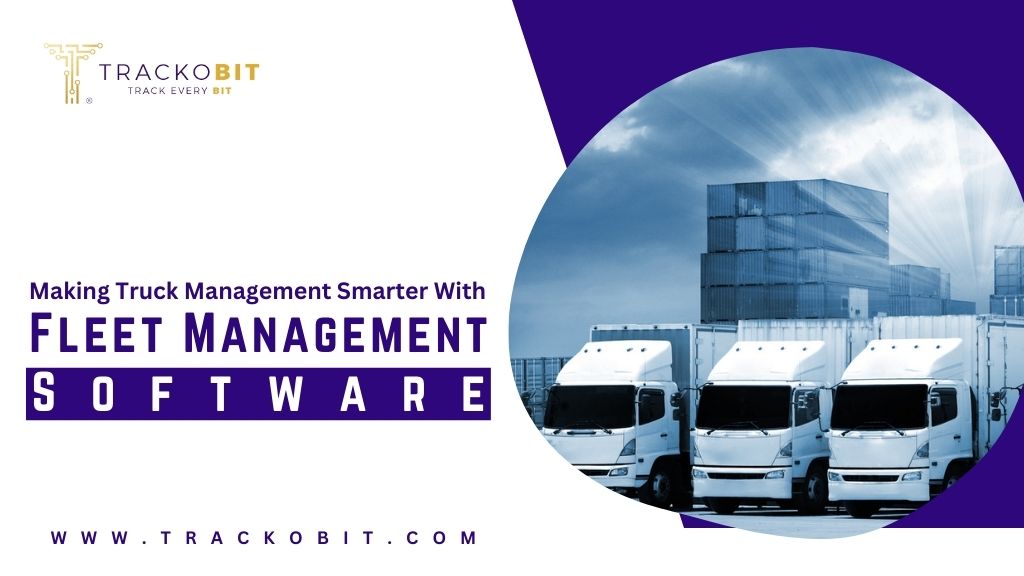Shippers with smaller freight shipments can often face visibility challenges. That’s why they need to know which factors influence their shipping rates and how to minimize these costs.
LTL carriers package cargo in boxes, crates, and pallets to secure it during transit. This way, they can quickly situate each shipment into their trucks.
Tracking
LTL shipping is a complex logistics process. Luckily, thanks to technological advancements, tracking freight is easier than ever. Whether you’re shipping small items or large freight loads, the proper logistics software allows customers and businesses to track their products in real time. It means that if there are any hiccups along the way, like weather delays or road closures, they can notify their customers immediately.
The most common method of LTL freight tracking is through PRO (progressive rotating order) numbers. These seven to 10-digit numbers are assigned to a shipment and then affixed to it as a scannable barcode sticker. These stickers are scanned throughout the cargo as it moves through transfer facilities run by carriers, giving you a real-time view of your shipment’s status.
Another way to track your freight is using your BOL number or bill of lading. While domestic freight shipments can be created online, international, hazmat, and shipper’s load and count shipments require a paper BOL.
You can also use your purchase order number, or PO, to search for a shipment on your carrier’s website. It is a good backup option when you can’t find your BOL or PRO number.
Documentation
LTL shipping is a popular option for shippers who need more freight onto full truckloads (FTL) trucks. But while it’s cheaper than FTL, less-than-truckload shipping has its challenges.
For example, because LTL ships typically combine a range of different commodities into one truckload, it’s crucial that you accurately categorize your product and assign it to the correct freight class. This information determines how much you pay to ship your freight since LTL carriers use NMFC codes to calculate rates.
Likewise, if you ship fragile or hazardous products, you must document your shipment correctly and comply with additional regulations. It might mean requiring all shipments to be crated and palletized, for instance, or having your drivers take a product sample at each point.
The good news is that before placing your freight into their trailers, most carriers have mechanisms to ensure it complies with all standards. At the pickup terminal, you’ll need to present a bill of lading (online for domestic shipments and paper for international, hazmat, and shipper’s load and count shipments). You’ll also be given a PRO number that your carrier can use to track and trace your shipment during transit.
Alerts
As your freight travels through the shipping process, granular updates will provide insight into its status. These updates, known as alerts, can be configured to send email or text notifications to specific recipients at any stage of the journey – and they are critical to helping your shipments stay on time and within budget.
LTL carriers operate dense freight networks that connect multiple facilities en route from origin to destination. It helps them keep rates low while enabling consistent customer service. To maintain such an expansive network, LTL freight carriers must make many daily stops and pickups. It often results in accessorial charges like fuel surcharges and dimensional fees – but don’t worry, they’re not nickel-and-diming you for the sake of it.
Once the long-haul truck arrives at your destination terminal, your shipment will be taken off the trailer and into the right locally-operated delivery truck for your final location. Cargo that requires a lift gate or is in transit to difficult-to-access areas will often be placed into a car equipped for these needs.
Once your cargo is loaded onto the delivery truck, you’ll receive a confirmation of your pickup window from the driver (or dispatcher). If your freight fails to deliver, it will be returned to the carrier and wait for another appointment at your destination.
Reporting
When shipping less-than-truckload (LTL) freight, your consignment may take several routes and make several stops, making it challenging to anticipate the estimated arrival time (ETA) for each stop. Weather, accidents, terminal delays, and other uncontrollable factors can slow down shipments, so a reliable freight-tracking system is vital for your business.
Most carriers offer online tracking, which makes it easy for you to view the status of your shipment. Input your PRO number or BOL into a shipping platform, and you can quickly get up-to-date information on the whereabouts of your LTL shipment. It is a much easier process than logging in to carrier portals, which can be cumbersome with many loads and numerous carriers.
You can also use a GPS freight tracker to gain more specific information on the location of your shipments. This technology attaches to your shipments and rides along with them, providing detailed information about where your cargo is. It can be a good investment if you need to know precisely where your shipment is, and these devices can even work for weeks on a single charge.
LTL shipping is a cost-effective solution for companies with less than a whole truckload of goods. It allows you to take advantage of volume discounts without the overhead of purchasing an entire truck.



